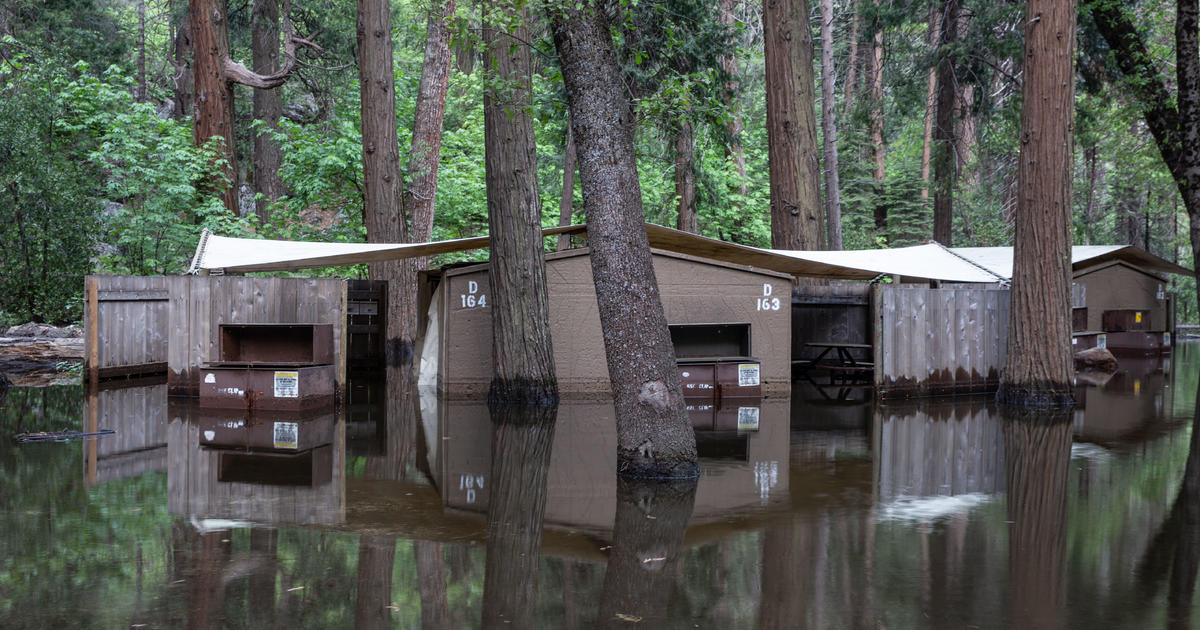The escalating menace of hurricanes is incurring financial costs for Americans even before a single raindrop falls.
Florida and Louisiana homeowners have experienced staggering increases in their insurance rates over the past two years, and these costs are likely to escalate further as reinsurers confront mounting expenses of their own.
According to CoreLogic, this year over 7 million homes are at risk of storm surge from a Category 5 hurricane, while over 32 million face at least a moderate threat of wind damage. The economic value of the property at risk amounts to $11.6 trillion, a figure that has surged by 15% from the previous year due largely to inflation in building material costs.
“The primary risk is driven by exposure,” stated Jonathan Schneyer, Senior Catastrophe Response Manager at CoreLogic. “Many high-value homes are still being constructed in areas that remain highly vulnerable to natural hazards. People prefer living in locations with picturesque views such as seashores, cliffs, and riverfronts,” he explained.
The state most susceptible to financial losses associated with hurricanes is one that experiences relatively few of them: New York has approximately 790,000 properties worth a total of $400 billion at risk, as per CoreLogic.
“Densely populated areas situated a few feet above sea level on an island surrounded by a couple of cities near Manhattan’s coastline,” explained Schneyer. “If a storm were to hit New York, the potential for loss there is considerably higher.”
Indeed, Hurricane Sandy in 2012, one of the most devastating storms in U.S. history, caused $70 billion in damage when it ravaged New York and New Jersey. Similarly, Hurricane Ian last year resulted in over $100 billion in damages across Florida, equivalent to the state’s entire annual budget.
As scientists have pointed out, climate change has heightened the frequency and intensity of hurricanes by increasing air and ocean temperatures, rendering the storms wetter and slower. This leads to more water deluging the affected areas, amplifying the scale of destruction.
Not just hurricanes
When it comes to flooding, a storm doesn’t need to reach hurricane strength to cause extensive damage. An analysis conducted by the First Street Foundation revealed that intense rainfall poses an increasing flood risk to millions of homes, particularly in the Midwest and Northeast. This trend is projected to worsen in the future, according to the nonprofit group specializing in climate-change risk modeling.
“The Midwest and the Northeast have witnessed a more substantial rise in extreme precipitation events than any other region in the country,” stated Jeremy Porter, Head of Climate Impacts at the First Street Foundation. These regions feature heavily populated cities and aging municipal infrastructure, making it more likely for rainfall to overwhelm drainage systems.
As evidenced recently by intense thunderstorms causing hundreds of flight cancellations in the Northeast and flooding city streets, climate change is expected to make such events increasingly common. According to Porter, “Half of the flood risk within the country’s 100-year flood zone is unaccounted for by FEMA. Precipitation flooding alone drives 65% of this discrepancy.”
A 100-year flood event, as the name implies, is projected to occur once every century. However, with climate change intensifying rainfall, these extreme events are happening more frequently. In New York City, for instance, a 100-year flood event is now expected once every 20 years. In Houston, it occurs every 23 years. By midcentury, the frequency is anticipated to increase to once every 11 years.
Rising expenses
More frequent hurricanes have already prompted insurance companies to withdraw from vulnerable regions. In Florida, home insurance rates are already three times the national average. Several insurers in the state have declared bankruptcy in recent years, and premiums are expected to rise by 40% this year, as reported by the Insurance Information Institute.
Louisiana’s insurer of last resort, this year increased rates by an average of 63%. NPR reported last month that 90% of homeowners nationwide are experiencing rising insurance premiums.
In light of the absence of a national climate adaptation plan, research suggests that Americans are taking individual action. A recent study by the University of Vermont found that during the previous decade, people relocated away from regions worst affected by hurricanes and heatwaves, although migration toward wildfire-prone areas increased.
“For many Americans, the risks and dangers of living in hurricane zones are beginning to outweigh the benefits of residing in these areas,” stated co-author Gillian Galford in a statement.
Denial of responsibility! VigourTimes is an automatic aggregator of Global media. In each content, the hyperlink to the primary source is specified. All trademarks belong to their rightful owners, and all materials to their authors. For any complaint, please reach us at – [email protected]. We will take necessary action within 24 hours.



